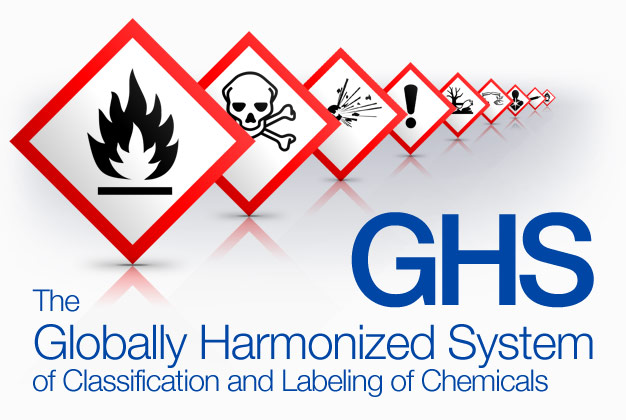Overview
 The Hazard Communication Standard (OSHA 29 CFR 1910.1200) implemented by the Occupational Safety and Health Administration (OSHA) requires employers to provide information to employees regarding hazardous chemicals in the workplace and the properties of these chemicals. This information must be disseminated through a hazard communication program involving labeling, material safety data sheets, employee training (initially upon assignment to the job, and whenever a new hazard is introduced into the workplace), employee access to written records, and a written hazard communication plan.
The Hazard Communication Standard (OSHA 29 CFR 1910.1200) implemented by the Occupational Safety and Health Administration (OSHA) requires employers to provide information to employees regarding hazardous chemicals in the workplace and the properties of these chemicals. This information must be disseminated through a hazard communication program involving labeling, material safety data sheets, employee training (initially upon assignment to the job, and whenever a new hazard is introduced into the workplace), employee access to written records, and a written hazard communication plan.
This standard applies to any hazardous chemical which is known to be present in the workplace in such a manner that employees may be exposed under normal conditions of use, or in a foreseeable emergency. The program does not extend to office personnel, employees whose job does not involve potential exposure to hazardous chemicals, or to laboratory employees (who are covered by the Chemical Hygiene standard).
The definition of a "hazardous chemical" is extremely broad, and includes any chemical which is a physical or a health hazard. The OSHA standard has a procedure for hazard determination and any substance determined to be hazardous under this procedure is subject to the program. For determination of physical and health hazards associated with products not synthesized at Clemson University, personnel should rely on the evaluation performed by the chemical manufacturer or importer transmitted via Safety Data Sheets.
